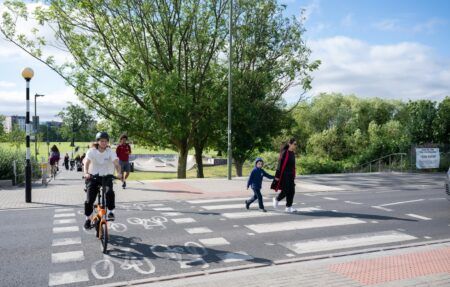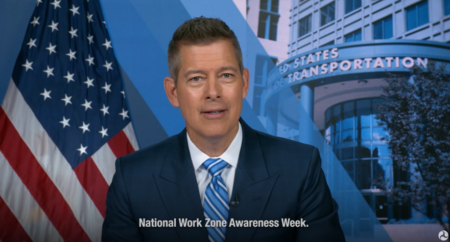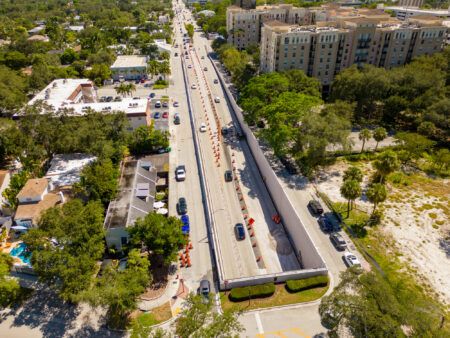UK-based road technology company SEA has completed two ALPR-based (Automatic License Plate Recognition) traffic safety and enforcement projects in Cardiff and Bedford.
Part of the Cohort group, SEA has expanded the traffic enforcement footprint of Cardiff Council by installing a further 10 ALPR road traffic camera systems to enforce yellow box-junctions and unlawful maneuvers. The latest installations will enhance the 30 ROADflow Flexi and Motion roadside cameras already in operation in the Welsh capital, as it seeks to reduce the congestion impact of traffic growth. In line with Cardiff’s transport strategy, SEA’s ROADflow cameras support the Moving Traffic Offences scheme to help persuade more commuters to switch from cars to buses.
SEA’s ROADflow Motion system provides sophisticated monitoring and enforcement, as it tracks vehicles continuously through junctions. The cameras use a 3D ALPR in-house rules engine software component that categorizes vehicle movements and allows detection of specific behaviors. The engine was developed to tolerate losing sight of vehicles for short periods of time, which often occurs during heavy congestion. ROADflow Motion provides an all-weather capability that enables very high detection rates and low false alarm rates to be achieved in all environmental and lighting conditions.
The system builds a 3D view of the road using data from infra-red illuminating cameras, which maximize the number of offences captured, whilst minimizing review effort associated with non-incidents. This avoids relying on video analytics that can be unreliable in poor weather and at night. The simple modularity of the ROADflow technology, which enables cameras to be added easily to the system using its plug-and-play capability, means that Cardiff has been able to expand its network over a period of time, taking into account budgetary considerations.
“Our five-year agreement with Cardiff Council provides the possibility of incremental expansion of the camera network in the city in the continuing effort to improve driver behavior and reduce congestion,” noted Steve Hill, SEA’s managing director. “The statistics demonstrate the effectiveness of the technology, which is enhanced by a full support package that provides improved reliability and asset availability.”
Improving child safety
SEA has also successfully delivered 20 traffic camera detection systems to help improve child safety outside schools in the Borough of Bedford. The ROADflow cameras capture details of vehicles that stop in a specific area and for longer than defined location permits. The cameras are fully automated, re-deployable and can use existing road lighting columns, which allows enforcement to take place where previously it could be impractical. The technology also enables two lanes to be monitored with a single camera. Encrypted communications use the cellular network to transmit data to the back office for enforcement processing.
Hill commented: “Research from insurance companies suggests that over 1,000 children a month are involved in collisions within 500m of school gates. ROADflow technology is proving a valuable resource in improving road safety near schools, for example providing a deterrent to vehicles dropping off or picking up passengers in non-designated areas or bus stops outside school gates.”




